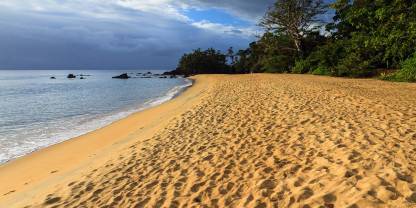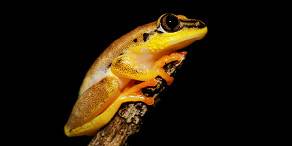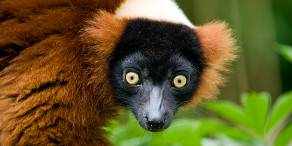Masoala National Park has an astonishing range of lemurs, small predators, reptiles and amphibians. It’s also excellent for humpback whales. Exploring the park can be difficult, but the remoteness of this unspoiled wilderness opens up a whole world of possibilities. The very localized red ruffed lemur is most sought-after, but other prized lemurs include the Masoala woolly lemur and Masoala fork-marked lemur.
Wildlife Highlights
Masoala is a hiker’s paradise and it’s along the hiking trails that you’ll most likely see many of the park’s 10 lemur species. The endemic red ruffed lemur is regularly spotted, although you often hear them before you see them. They’re very vocal and loud. Beautiful moths and butterflies flutter around in the dappled light of the forest. Humpback whales are commonly sighted in Antongil Bay from July to late September during their breeding season.
Best Time for Wildlife Viewing
Masoala’s best weather (with less rain) is during the Dry season from August to November, but different animals are active at different times. Lemurs have their young around October and November, and reptiles are most active from September to February. From July to late September, humpback whales stay in Antongil Bay to breed and calve. Otherwise, the possibility of heavy rains during the Wet season (December to July) means that these months are best avoided.



 View Photos (7)
View Photos (7)
 +7
Photos
+7
Photos